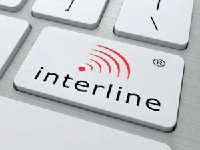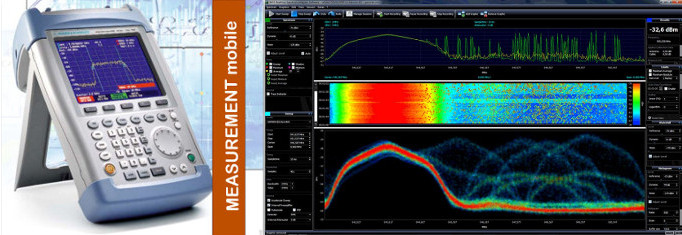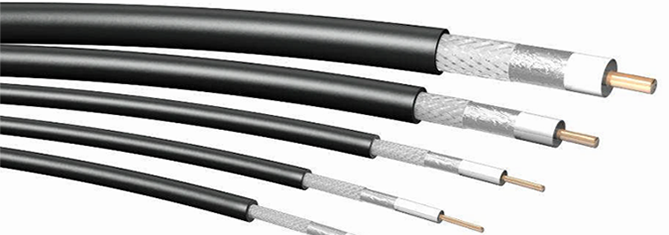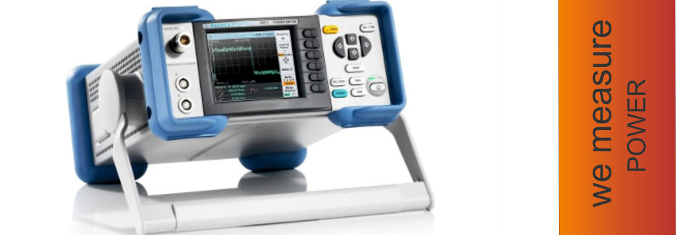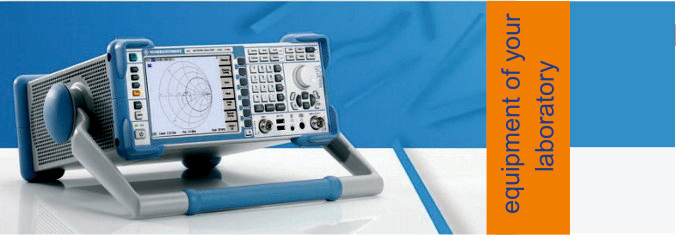How To Adjust Optimal WMM Settings
WMM is a wireless network feature that is available to let your router prioritize different types of traffic. In this guide, we will go over some of the common settings that different routers may offer to help you make the best optimal settings for your Wireless Multimedia options.
We will also provide some easy to understand scenarios on when and how you should take advantage of these useful WMM settings optimally. This way you can achieve the maximum speed and accuracy using the Wireless Multimedia options.
WMM Support
On (VoIP and movies, apple product), Off (General Computer Use)
You should generally turn this option on. WMM support helps with different kind of traffics such as voice, video, and background services. What happens is that if you use VoIP, you are less likely to encounter delays. You can have smoother actions while streaming movies. However, the downside is that it can delay other network traffic of less critical nature such as downloading large files.
It should be noted that if you use apple product such as iPhone, iPad, iPod touch, or Apple TV. You will need to turn WMM support on, or else you would not be able to connect to the 802.11n wifi network.
However, if you are having conflicts or drop in connection while using this option. The chances is that the devices that you are using do not have the latest drivers or operating system. Update all of your devices to have the latest os and drivers to see if that will solve the problem with WMM support feature.
If you still have problem with the WMM support feature, then maybe the devices that you have your router connected to are simply too old. You should then consider turning the router WMM support off.
No-Acknowledgement
On (General Use), Off (High Wifi Interference Area)
No-Acknoledgement is an accuracy feature that improves the accuracy of the data transmitted. To make it work, the data stream is attached with error checking data to ensure the accuracy. You generally do not this option as long as you do not live in a compacted wifi neighborhood environment.
The easiest way to test it is to turn the No-Acknowledgement off, see if you run into any problems with your wireless connection. If there is no problem, you will then receive small amount of boost to your speed with No-Acknowledgement.
Power Save Support
Off (Home network), On (Public network)
The point of this setting is that the router queues the data while your mobile devices are in power saving mode. The purpose is to conserve batteries for the devices that rely on batteries power. The only downside of this option is that it can cause disconnections between your devices and router under certain conditions.
If you have a home network simply leave it on. Only consider having the option off if you ever run into problems of intermittent or dropped signal from/to your mobile phone or tablets.
You can however just leave the option off if you do not really care about your battery use when you are at home. Only turn the Power Save Support on when your mobile devices are draining too fast and you try to make the batteries last longer.
If you are hosting a public network, consider having the option on. You want to be able to save your visitors from too fast of battery drain.
You may wish to read more about Power Save Support at WMM APSD
WMM Queue Options
Some routers let you change the WMM setting specifically for various type of traffic. They are pretty straight forward in themselves, however we will note them and give more clear media definitions here. The priority is ranked from high to low.
Voice. Voice over IP(VoIP) and streaming media.
Video. Video applications.
Best Effort. Most standard IP applications use this queue.
Background. Low priority with high throughput. Applications, such as FTP.
